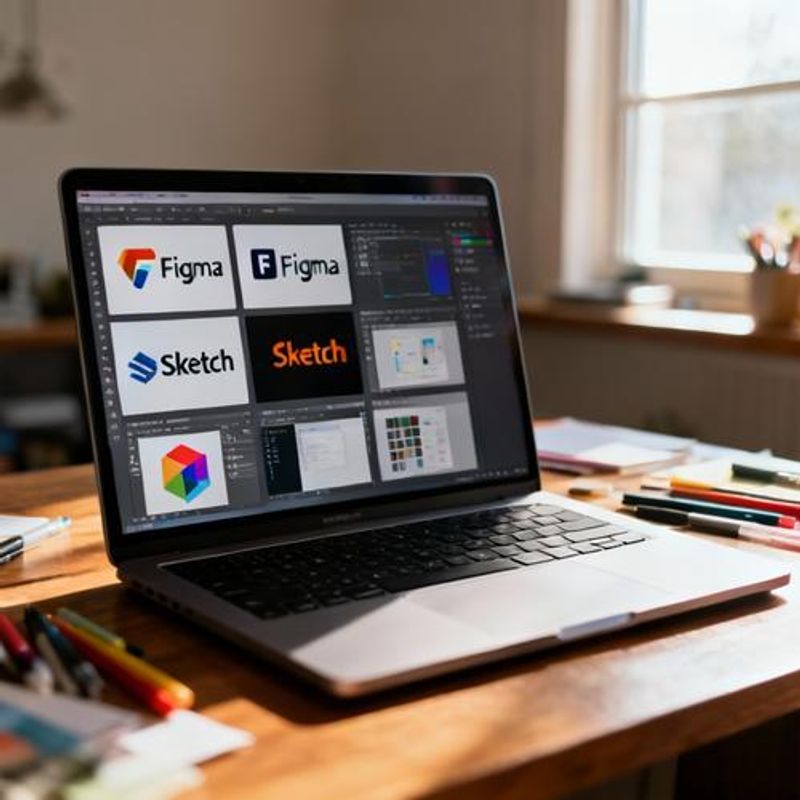Essential Software Design Tools for Independent Developers: A Complete Guide to Building Better Products

As an independent developer or startup founder, you're wearing multiple hats – including that of a designer. The right software design tools can make the difference between a product that users love and one they abandon. This guide reveals the essential design tools that successful solo developers use to create professional, user-friendly applications without breaking the budget or requiring years of design training.

Why Design Tools Matter for Independent Developers
Independent developers face a unique challenge: creating products that compete with well-funded teams while working solo or with minimal resources. Poor design is often the silent killer of promising applications. Users make judgments about your software's quality within milliseconds of first interaction. Without proper design tools and processes, even the most robust backend architecture can fail to attract and retain users. The challenge isn't just aesthetic – it's about creating intuitive user experiences that reduce support requests, increase user satisfaction, and ultimately drive business growth.
Quick Reference: Top Design Tools by Category
Here's your at-a-glance guide to the most effective software design tools for independent developers:
- **UI/UX Design**: Figma (collaborative, free tier), Adobe XD (comprehensive prototyping)
- **Wireframing**: Balsamiq (rapid sketching), Whimsical (flow diagrams)
- **Graphics & Icons**: Canva (templates), Unsplash (stock photos), Feather Icons (clean iconography)
- **Color & Typography**: Coolors.co (palette generation), Google Fonts (web typography)
- **Code-to-Design**: Zeplin (developer handoff), Figma Dev Mode (design tokens)

Essential Design Tools for Solo Developers
**Figma: Your All-in-One Design Hub**. Figma has become the gold standard for independent developers because it combines design, prototyping, and collaboration in one platform. Start with wireframes, create high-fidelity designs, and generate CSS code snippets directly from your designs. The free tier supports up to 3 projects and unlimited personal files. Pro tip: Use Figma's component system to maintain design consistency across your application. **Adobe Creative Suite Alternatives**. While powerful, Adobe's subscription model can strain indie budgets. Consider Affinity Designer for vector graphics (one-time purchase), GIMP for image editing (free), or Sketch for Mac-specific UI design. **Prototyping Without Complexity**. Tools like InVision or Marvel allow you to create interactive prototypes by simply uploading static designs and adding hotspots. This helps you test user flows before writing a single line of code, potentially saving weeks of development time.
Budget-Friendly Tool Combinations That Work
**The Bootstrap Combo ($0/month)**: Figma (free) + Unsplash (free photos) + Google Fonts (free typography) + Feather Icons (free icons) + Coolors.co (free color palettes). This combination covers 90% of design needs for early-stage products. **The Growth Combo ($20-50/month)**: Figma Pro + Canva Pro + Adobe Stock (10 images/month). Ideal when you need more assets and advanced features but aren't ready for enterprise tools. **The Professional Setup ($100+/month)**: Adobe Creative Cloud + Figma + premium stock photos + specialized tools like Principle for advanced animations. Best for established products generating revenue.

Common Design Tool Mistakes to Avoid
**Tool Overload**: Resist the urge to try every new design tool. Master one primary tool before exploring alternatives. Many developers waste time switching between tools instead of improving their design skills. **Ignoring Design Systems**: Creating one-off designs for each screen leads to inconsistent user experiences and longer development cycles. Invest time upfront in creating reusable components and style guides. **Skipping User Testing**: Design tools make it easy to create beautiful interfaces, but beauty doesn't guarantee usability. Use tools like Hotjar or FullStory to observe actual user behavior, not just your assumptions. **Over-designing**: Sophisticated design tools can tempt you to add unnecessary animations, gradients, and effects. Focus on clarity and usability over visual complexity, especially for B2B applications.
Next Steps: Implementing Your Design Workflow
Start with the Bootstrap Combo mentioned above – it's free and covers all essential design needs. Spend one week learning Figma's basics through their official tutorials. Create a simple design system with 3-4 components before designing your first screen. Remember: the best software design tools are the ones you'll actually use consistently. Focus on building a sustainable design process rather than chasing the latest trends. Your users will thank you with better engagement, fewer support tickets, and increased loyalty to your product.